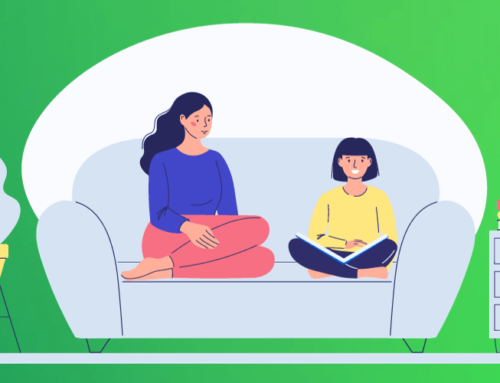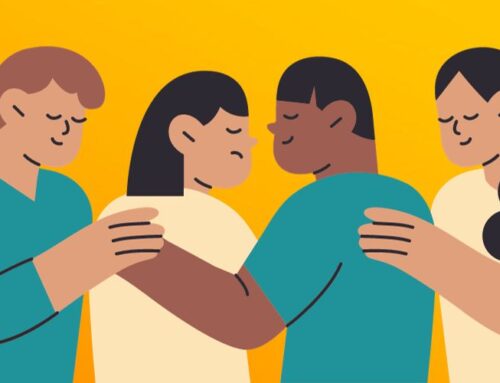The following information about Substance Use Disorder is courtesy of our friends at NIH here.
Substance use disorder (SUD) is a treatable mental disorder that affects a person’s brain and behavior, leading to their inability to control their use of substances like legal or illegal drugs, alcohol, or medications. Symptoms can be moderate to severe, with addiction being the most severe form of SUD.
People with a SUD may also have other mental health disorders, and people with mental health disorders may also struggle with substance use. These other mental health disorders can include anxiety disorders, depression, attention-deficit hyperactivity disorder (ADHD), bipolar disorder, personality disorders, and schizophrenia, among others. For more information, please see the National Institute on Drug Abuse (NIDA) Common Comorbidities with Substance Use Disorders Research Report.
Though people might have both a SUD and a mental disorder, that does not mean that one caused the other. Research suggests three possibilities that could explain why SUDs and other mental disorders may occur together:
- Common risk factors can contribute to both SUDs and other mental disorders. Both SUDs and other mental disorders can run in families, meaning certain genes may be a risk factor. Environmental factors, such as stress or trauma, can cause genetic changes that are passed down through generations and may contribute to the development of a mental disorder or a substance use disorder.
- Mental disorders can contribute to substance use and SUDs. Studies found that people with a mental disorder, such as anxiety, depression, or post-traumatic stress disorder (PTSD), may use drugs or alcohol as a form of self-medication. However, although some drugs may temporarily help with some symptoms of mental disorders, they may make the symptoms worse over time. Additionally, brain changes in people with mental disorders may enhance the rewarding effects of substances, making it more likely they will continue to use the substance.
- Substance use and SUDs can contribute to the development of other mental disorders. Substance use may trigger changes in brain structure and function that make a person more likely to develop a mental disorder.
Diagnosis and treatment
When someone has a SUD and another mental health disorder, it is usually better to treat them at the same time rather than separately. People who need help for a SUD and other mental disorders should see a health care provider for each disorder. It can be challenging to make an accurate diagnosis because some symptoms are the same for both disorders, so the provider should use comprehensive assessment tools to reduce the chance of a missed diagnosis and provide the right treatment.
It also is essential that the provider tailor treatment, which may include behavioral therapies and medications, to an individual’s specific combination of disorders and symptoms. It should also take into account the person’s age, the misused substance, and the specific mental disorder(s). Talk to your health care provider to determine what treatment may be best for you and give the treatment time to work.
Behavioral therapies
Research has found several behavioral therapies that have promise for treating individuals with co-occurring substance use and mental disorders. Health care providers may recommend behavioral therapies alone or in combination with medications.
Some examples of effective behavioral therapies for adults with SUDs and different co-occurring mental disorders include:
- Cognitive behavioral therapy (CBT) is a type of talk therapy aimed at helping people learn how to cope with difficult situations by challenging irrational thoughts and changing behaviors.
- Dialectical behavior therapy (DBT) uses concepts of mindfulness and acceptance or being aware of and attentive to the current situation and emotional state. DBT also teaches skills that can help control intense emotions, reduce self-destructive behaviors (such as suicide attempts, thoughts, or urges; self-harm; and drug use), and improve relationships.
- Assertive community treatment (ACT) is a form of community-based mental health care that emphasizes outreach to the community and an individualized treatment approach.
- Therapeutic communities (TC) are a common form of long-term residential treatment that focuses on helping people develop new and healthier values, attitudes, and behaviors.
- Contingency management (CM) principles encourage healthy behaviors by offering vouchers or rewards for desired behaviors.
Behavioral therapies for children and adolescents
Some effective behavioral treatments for children and adolescents include:
- Brief strategic family therapy (BSFT) therapy targets family interactions thought to maintain or worsen adolescent SUDs and other co-occurring problem behaviors.
- Multidimensional family therapy (MDFT) works with the whole family to simultaneously address multiple and interacting adolescent problem behaviors, such as substance use, mental disorders, school problems, delinquency, and others.
- Multisystemic therapy (MST) targets key factors associated with serious antisocial behavior in children and adolescents with SUDs.
Medications
There are effective medications that treat opioid, alcohol, and nicotine addiction and lessen the symptoms of many other mental disorders. Some medications may be useful in treating multiple disorders. For more information on behavioral treatments and medications for SUDs, visit NIDA’s Drug Facts and Treatment webpages. For more information about treatment for mental disorders, visit the National Institute of Mental Health’s (NIMH) Health Topics webpages.









